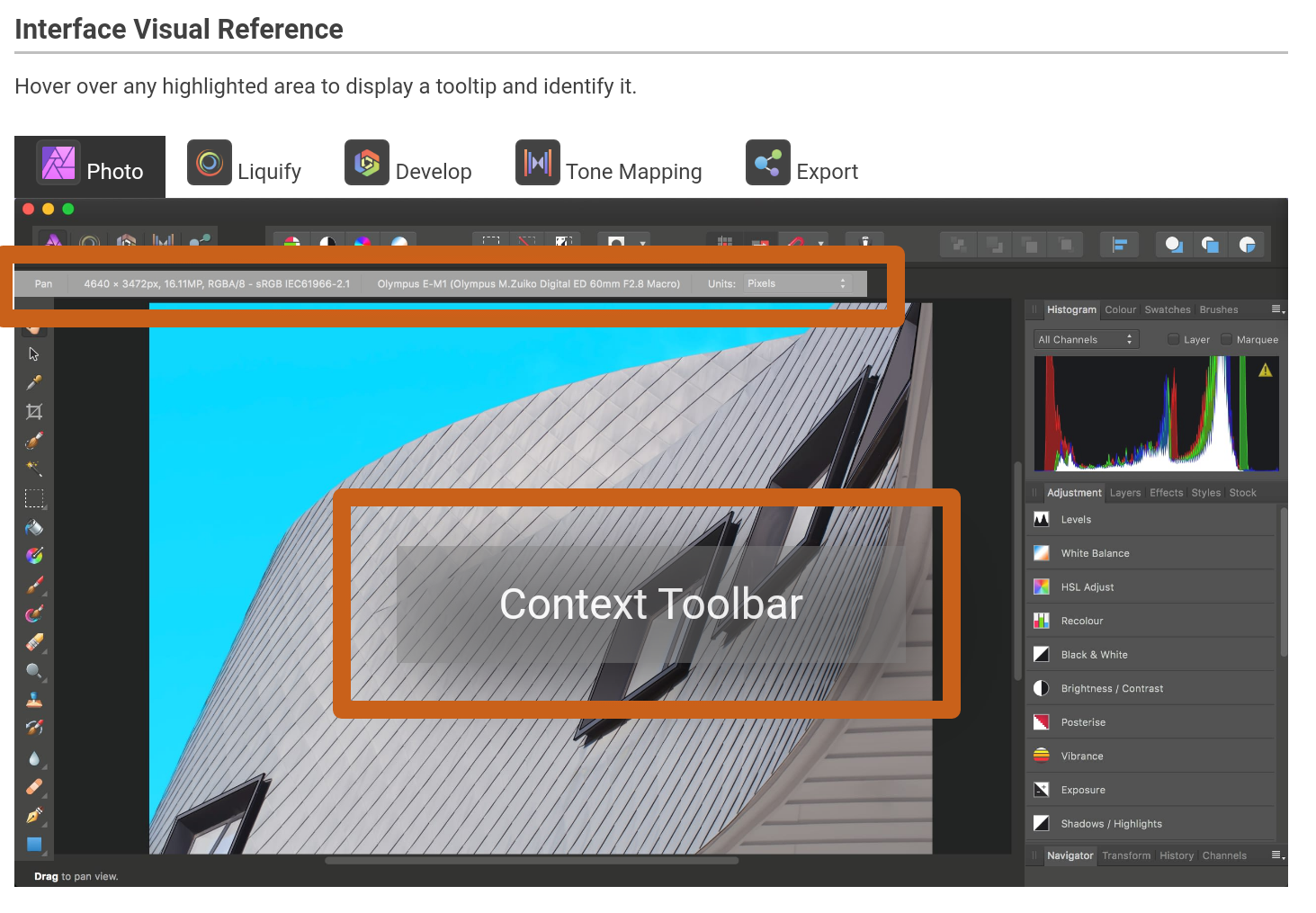
Affinity Publisher: Complete Buyer's Guide
Privacy-first alternative in AI design software
Affinity Publisher represents a privacy-first alternative in the AI design software landscape, positioning itself as a professional desktop publishing solution with focused machine learning capabilities and a one-time purchase model that challenges subscription-based competitors[38][42][92][93].
Market Position & Maturity
Market Standing
Affinity Publisher occupies a specialized niche position within the professional design software market, representing a minor portion of enterprise market share while Adobe maintains dominant positioning through Creative Cloud integration[42][61].
Company Maturity
Serif demonstrates established operational maturity through consistent product development and maintenance of the Affinity suite across multiple platforms[43][96].
Growth Trajectory
The vendor's focused development approach on core desktop publishing capabilities rather than comprehensive AI platform development suggests sustainable but limited growth potential[43][46].
Industry Recognition
Industry recognition remains limited compared to market leaders, with most validation coming from cost-conscious design communities rather than enterprise analyst firms or major industry awards[92][93].
Longevity Assessment
Affinity Publisher's sustainable business model and established customer base support continued operation, particularly for organizations prioritizing privacy and cost predictability over cutting-edge AI capabilities[38][79][92][93].
Proof of Capabilities
Customer Evidence
Professional designer Elaine Giles achieved 87.5% time reduction in flashcard design projects, decreasing production time from 8 hours to 1 hour through Affinity's data merge automation capabilities[69].
Quantified Outcomes
Organizations implementing template-based design workflows report measurable efficiency gains through automated data population and batch processing capabilities[42][69].
Market Validation
Affinity Publisher's limited market presence affects reference customer availability and case study depth compared to market leaders[42][61].
Competitive Wins
Success cases primarily involve cost-conscious organizations seeking alternatives to subscription-based models rather than competitive displacement based on superior capabilities[92][93].
AI Technology
Affinity Publisher's technical foundation centers on privacy-first, on-device machine learning that processes all AI operations locally without cloud connectivity, fundamentally differentiating it from competitors pursuing cloud-based generative AI strategies[38][42].
Architecture
The architecture downloads pre-trained models that operate exclusively on user hardware, ensuring complete data sovereignty while limiting AI scope to specific automation tasks rather than comprehensive intelligent design capabilities.
Primary Competitors
Affinity Publisher competes directly with Adobe InDesign + Sensei and Canva Pro[3][5][24][92][93].
Competitive Advantages
Privacy-first architecture with 100% on-device processing eliminates cloud-based data concerns affecting Adobe Firefly and similar solutions[38][79].
Market Positioning
Affinity represents a specialized solution within broader design workflows rather than a comprehensive platform competitor, serving defined market segments effectively while acknowledging significant limitations in advanced AI automation[46][54][71].
Win/Loss Scenarios
Affinity Publisher wins against subscription-based alternatives when organizations prioritize cost predictability, data privacy, and have well-defined template automation requirements[38][79][92][93]. Losses occur when buyers require generative design capabilities, comprehensive ecosystem integration, enterprise-grade support, or advanced AI automation beyond basic object selection[46][54][71][93][100].
Key Features

Pros & Cons
Use Cases
Pricing
Featured In Articles
Comprehensive analysis of AI Print Layout Tools for AI Design for AI Design professionals. Expert evaluation of features, pricing, and implementation.
How We Researched This Guide
About This Guide: This comprehensive analysis is based on extensive competitive intelligence and real-world implementation data from leading AI vendors. StayModern updates this guide quarterly to reflect market developments and vendor performance changes.
146+ verified sources per analysis including official documentation, customer reviews, analyst reports, and industry publications.
- • Vendor documentation & whitepapers
- • Customer testimonials & case studies
- • Third-party analyst assessments
- • Industry benchmarking reports
Standardized assessment framework across 8 key dimensions for objective comparison.
- • Technology capabilities & architecture
- • Market position & customer evidence
- • Implementation experience & support
- • Pricing value & competitive position
Research is refreshed every 90 days to capture market changes and new vendor capabilities.
- • New product releases & features
- • Market positioning changes
- • Customer feedback integration
- • Competitive landscape shifts
Every claim is source-linked with direct citations to original materials for verification.
- • Clickable citation links
- • Original source attribution
- • Date stamps for currency
- • Quality score validation
Analysis follows systematic research protocols with consistent evaluation frameworks.
- • Standardized assessment criteria
- • Multi-source verification process
- • Consistent evaluation methodology
- • Quality assurance protocols
Buyer-focused analysis with transparent methodology and factual accuracy commitment.
- • Objective comparative analysis
- • Transparent research methodology
- • Factual accuracy commitment
- • Continuous quality improvement
Quality Commitment: If you find any inaccuracies in our analysis on this page, please contact us at research@staymodern.ai. We're committed to maintaining the highest standards of research integrity and will investigate and correct any issues promptly.